Cacti and other succulents are among the most sought-after houseplants due to the fact that they're low-maintenance and look great. Sometimes though, you may encounter a cactus that looks deformed or seems to be growing into a weird shape. This condition is known as cresting. Contrary to popular belief, cresting is not harmful to the plant, and crested cacti are actually prized by cacti enthusiasts due to their unique, one-of-a-kind appearance.
This brief article will explain everything you need to know about cacti cresting, including why it happens and how to care for crested cacti.
What is Cresting?
Cresting is the abnormal development of a plant’s tissues. It causes “ribbing”, “weaving’ and other distortions that create unusual and interesting forms. These deformities are the result of mutations in growth hormones and genes that control the shape of the plant. These mutations are rare and occur in all plants, indoor and outdoor.
Cresting can be caused by external factors like trauma, disease, temperature and light. Cresting is not a disease. It is not harmful to the plant. It is not contagious and won’t spread to other plants. Cresting can happen on many species and cultivars of succulents and cacti. It is not specific to any one kind.
How does Cresting Happen?
Cresting is triggered by stress conditions such as low light, low temperatures, over-watering, and poor soil. Once the plant’s cells begin to grow abnormally, the effect is irreversible. In some species, cresting is a normal variation of growth. For example, cristate cacti are naturally mutated plants that develop with richly crested growth. They are prized for this characteristic, and you’ll find many varieties available.
Cresting also occurs in many variegated succulents. Variegation is often caused by a mutation that disrupts normal cell development, causing the plant to produce extra chlorophyll. This produces the white, yellow or purple marks seen in many Aloe, Euphorbia, Echeveria and other succulent species. Variegated plants are not harmful or contagious. They are just naturally mutated plants.
Cacti with Normal Growth and Those that Crest
Cacti often crest. You will often see dramatic examples of this in the massive, twisting cactus known as the Echinopsis. Echinopsis are among the most popular and common cactus used for crested cactus hybrids. They are very easy to grow and make great houseplants in the right container.
Cereus cacti are also crested. You see these kinds most often in hybrids such as the Hylocereus, the Golden Torch and the Queen of the Night. Most Cereus hybrids are easy to grow, low-light plants, and are often used as houseplants as well.
Where to Find Succulents and Cacti with Cresting
You may have to shop online to find cresting plants. If you're lucky, you'll find them at a local nursery or garden centre. You're most likely to find crested varieties of cacti, particularly the standard Echinopsis hybrids. You're less likely to find plants with variegated leaves.
Crested plants may be more expensive, but you don’t need many. These are best grown as unique specimen plants. You should also avoid growing crested succulents in groups. They are more dramatic when grown as individuals.
Is Cresting Harmful, and Should You Remove It?
Cresting is not harmful, and you should not try to remove it. It is a normal variation of plant growth that is often prized. It is a mutation of the genes that causes the plant to grow in an unusual way. Sometimes that mutation is very dramatic and results in crested growth.
As with all mutations, they are random and unpredictable. Cresting is also tricky to reproduce on purpose. Cresting plants have their own charm and beauty, as do variegated plants and those with normal growth. Grow them as you like, and appreciate them all!
Conclusion
Cresting is a natural mutation in plant growth that results in dramatic, unusual, and interesting forms. It is not harmful to the plant and is not contagious. In fact, crested cacti are often prized for their unique look and interesting character. You can grow crested varieties as individual specimens; just try to keep them away from other plants and provide a little extra light, water, and warmth.
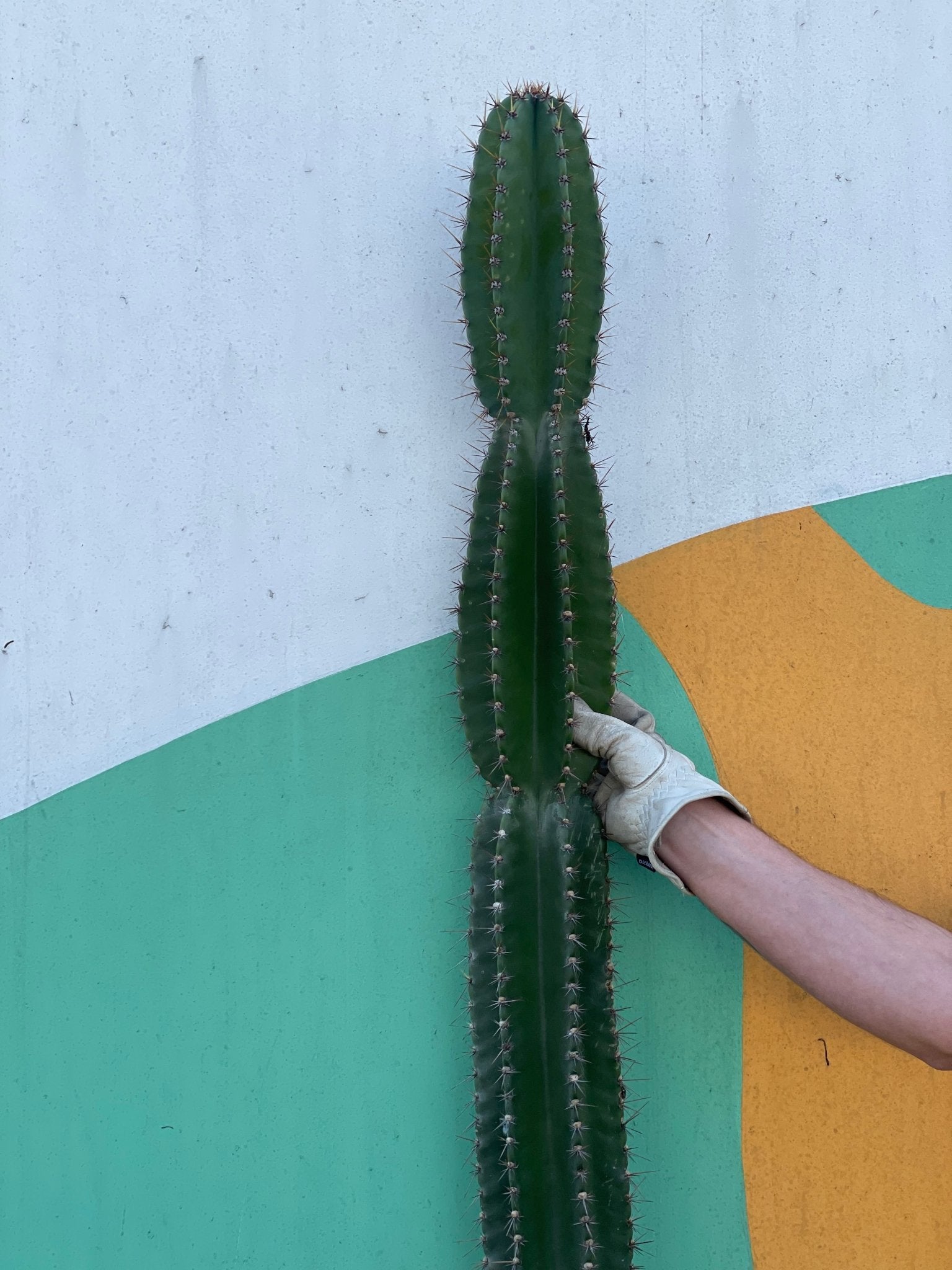
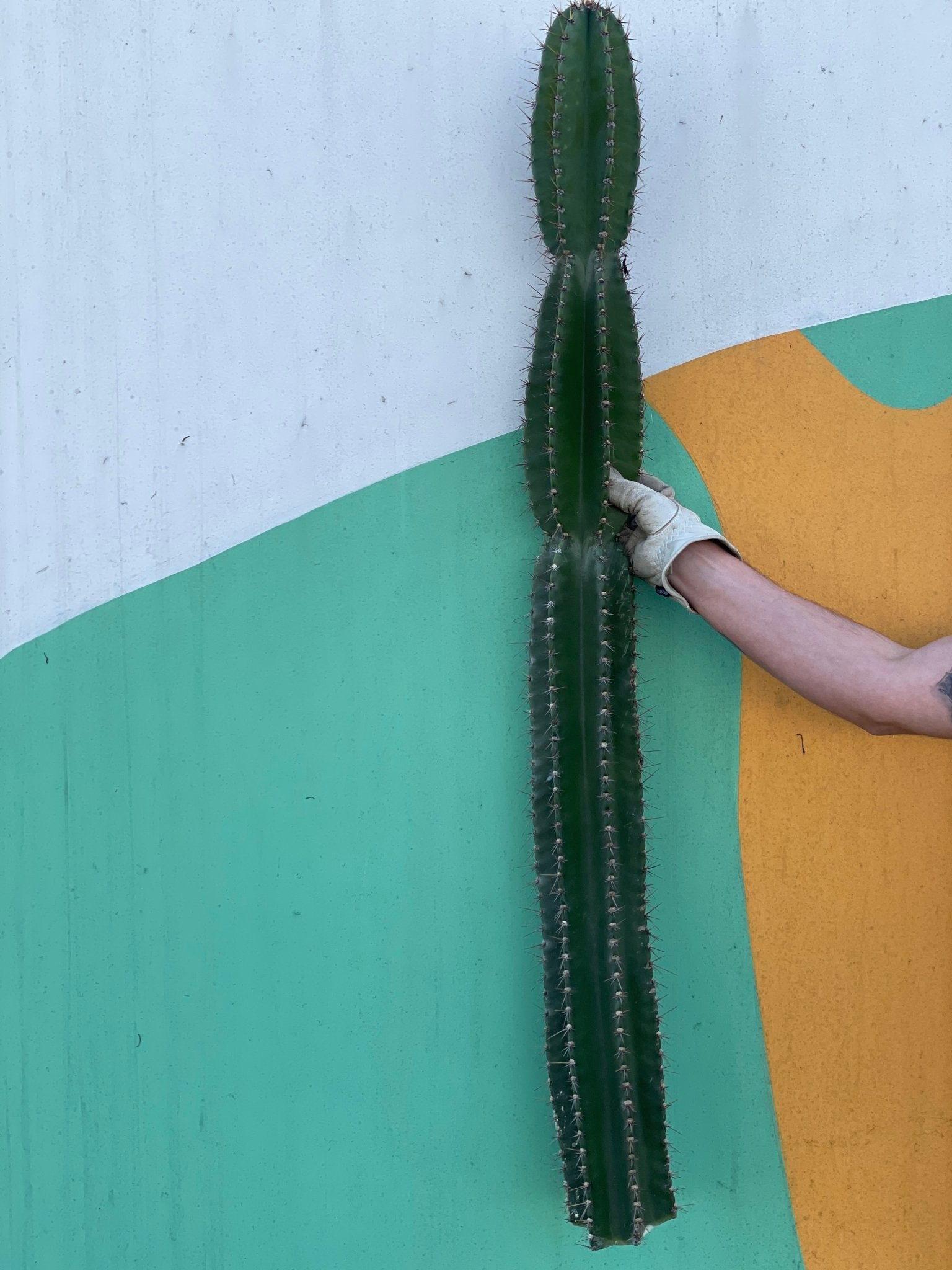
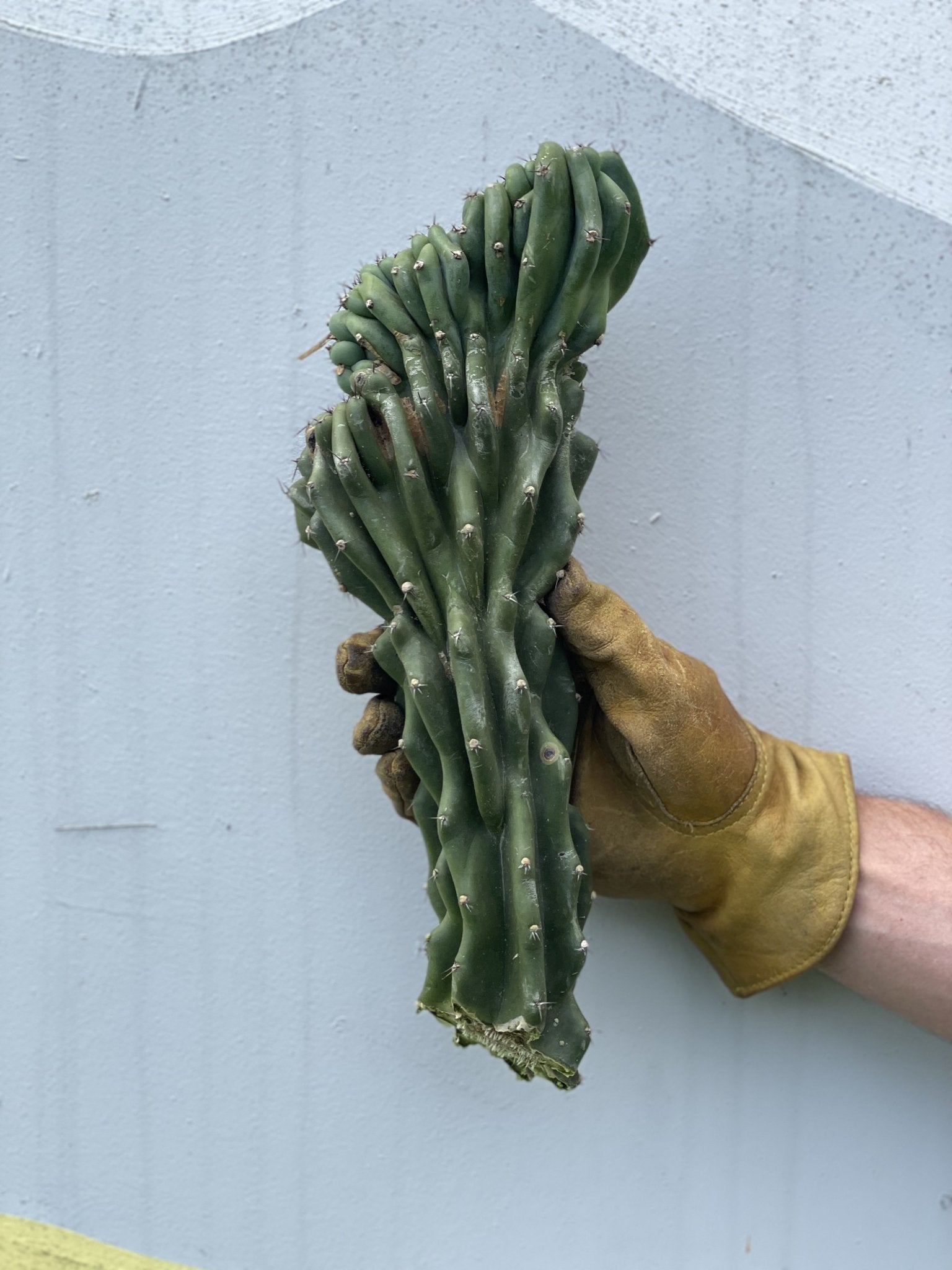
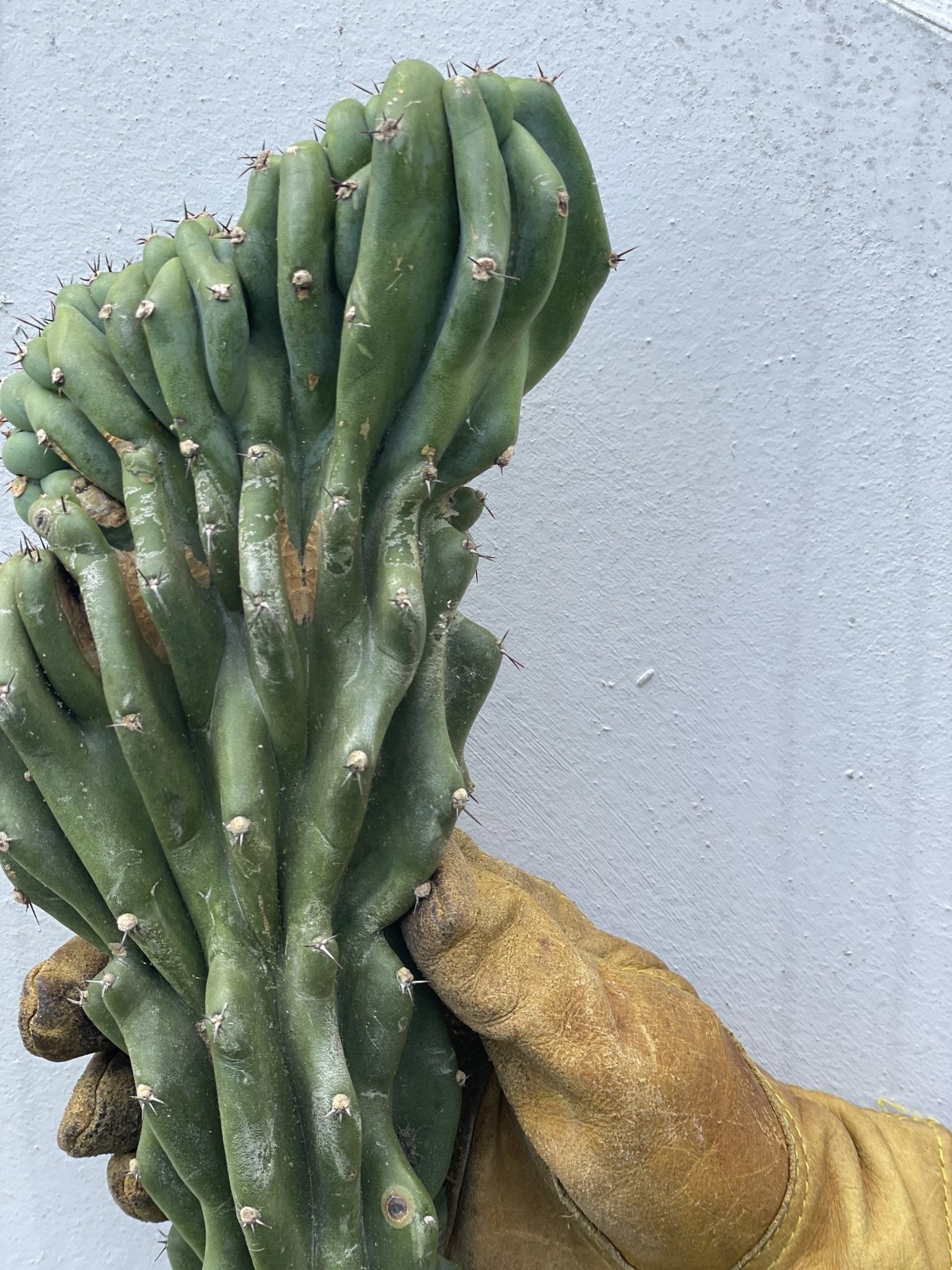


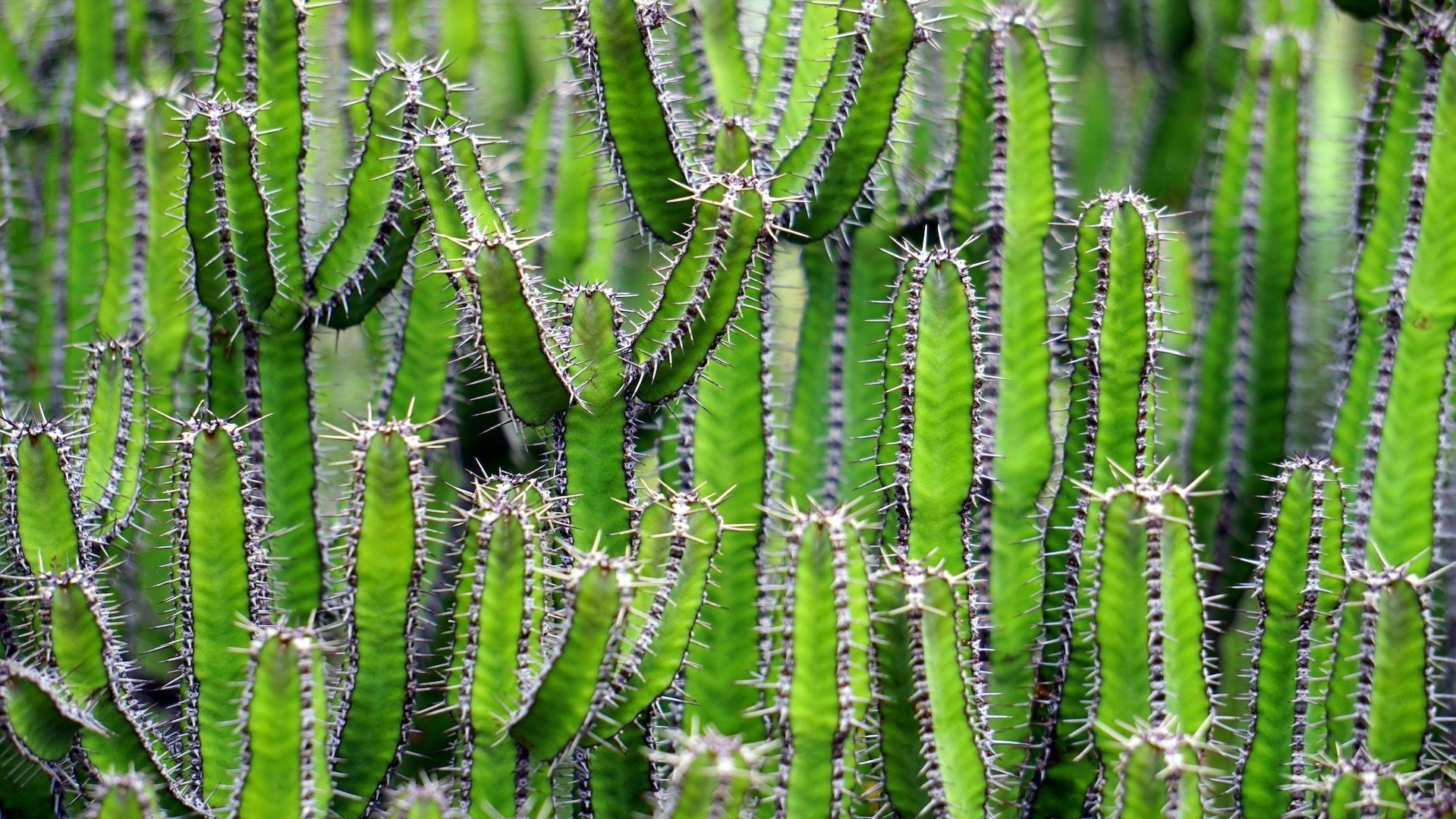
Leave a comment